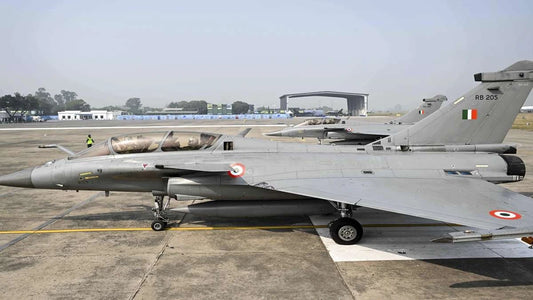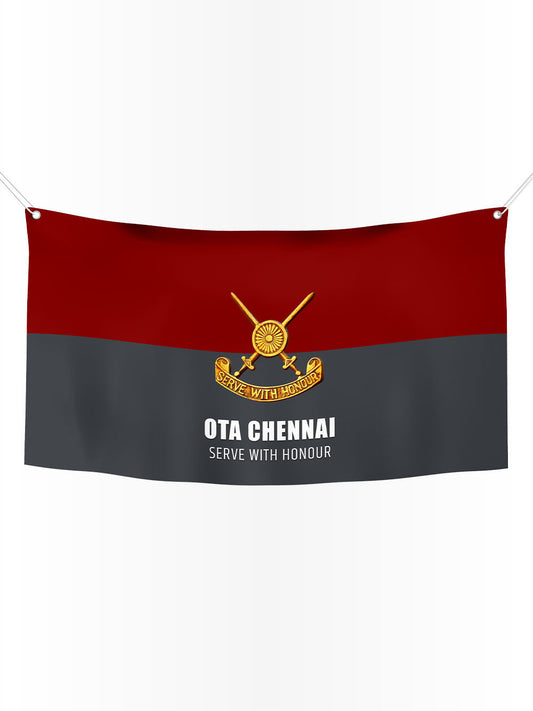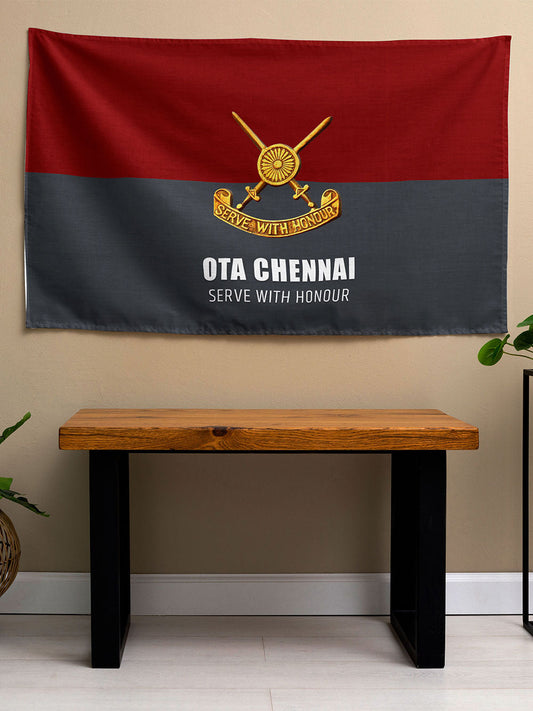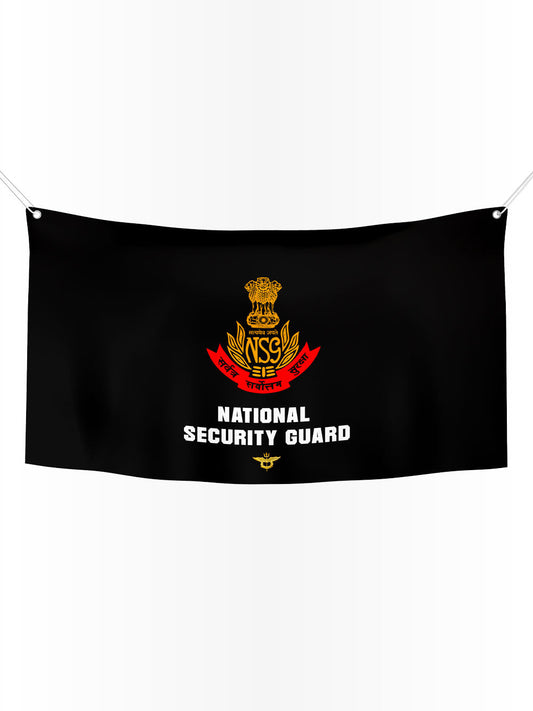Navy to Enhance Long-Range Strike and Counter-Drone Strategies Following Operation Sindoor: Vice Admiral Sobti
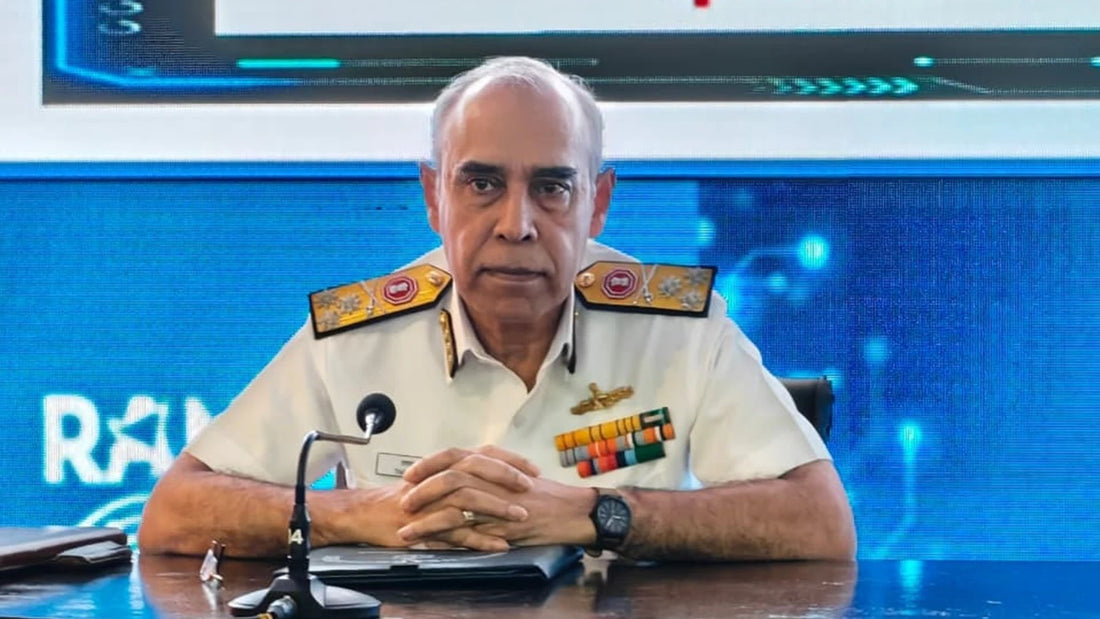
The Indian Navy is poised to integrate longer-range strike capabilities and sophisticated counter-drone systems into its combat strategies, as informed by the insights gained from Operation Sindoor, according to Vice Admiral Tarun Sobti, Deputy Chief of Naval Staff, on Tuesday.
During his participation in Ran Samwad 2025 — a two-day dialogue involving all three military services at the Army War College in Mhow, focused on war and warfare methodologies — Vice Admiral Sobti emphasized that the Navy is concentrating on both conceptual and technological advancements to gear up for future engagements.
Focus on Long-Range Strike
Vice Admiral Sobti stressed the importance of extended-range strike capabilities, noting that the Navy is assessing platforms capable of impacting land and shore targets from the sea without encroaching into enemy territory.
He remarked, “…the Navy is very much looking into that, and therefore military targets, as well as economic targets on land… become a higher priority. This means we need to go in for longer-range vectors capable of that attack.”
Tackling Drone Threats
The Vice Admiral highlighted a key lesson from Operation Sindoor: the widespread use of low-cost drones, drawing attention to incidents involving Houthi attacks in the Red Sea and Gulf of Aden regions.
He stated, “Warships equipped with expensive surface-to-air missiles costing millions of dollars cannot really afford to expend their limited arsenal on a handful of low-cost UAVs. We must develop counter-UAV systems that can neutralize these threats effectively.”
Electromagnetic Challenges at Sea
Sobti also addressed the challenges of operating in the dense electromagnetic environment onboard warships, where the addition of new jamming or counter-drone systems could potentially interfere with existing radars and sensors.
He explained, “When a counter-UAS jammer is added to a warship, it can end up jamming its own radars as well. That’s one of the pitfalls, and we are working on solutions.”
Lessons from Operation Sindoor
Reflecting on the operation itself, Vice Admiral Sobti commended the preparedness and morale of the naval forces.
He noted, “They were raring to go. The escalation ladder was controlled, and because we had both a military and a political aim — achieved very early — the operation stayed within limits. Had the other side escalated, we were fully prepared.”
Officials have indicated that Operation Sindoor has set a standard for joint-service operational readiness, shaping India’s strategy in modern maritime warfare.
